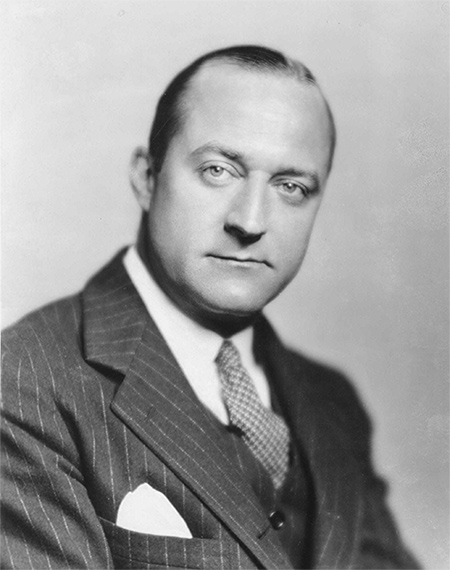
Inflation: The Cause and the Cure

Because we are in the business of helping people protect themselves and their wealth, we have written often about the consequences of inflation: the destruction of the purchasing power of the currency.

Long experience shows that owning gold and silver are the best means of personal protection from currency destruction.
Digital money printing by the Federal Reserve has escalated to a magnitude that it is now measured in the trillions of dollars. And now the consequences are becoming evident even in government price indices.
With this post, we wanted to provide you the clearest possible explanation of what causes inflation and how it can be cured. So, we turned to an old piece by Henry Hazlitt. Hazlitt was a celebrated economics writer, once an editorialist for the New York Times and a Newsweek columnist. He is also the author of the perennial bestseller Economics in One Lesson.
Henry Hazlitt passed away in 1993. What follows is his six-point description of the cause of and cure for inflation:
1. Inflation is an increase in the quantity of money and credit.
Its chief consequence is soaring prices. Therefore inflation—if we misuse the term to mean the rising prices themselves—is caused solely by printing more money. For this, the government’s monetary policies are entirely responsible.
2. The most frequent reason for printing more money is the existence of an unbalanced budget.
Unbalanced budgets are caused by extravagant expenditures which the government is unwilling or unable to pay for by raising corresponding tax revenues. The excessive expenditures are mainly the result of government efforts to redistribute wealth and income—in short, to force the productive to support the unproductive. This erodes the working incentives of both the productive and the unproductive.
3. The causes of inflation are not, as so often said, “multiple and complex,” but simply the result of printing too much money.
There is no such thing as “cost-push” inflation. If, without an increase in the stock of money, wage or other costs are forced up, and producers try to pass these costs along by raising their selling prices, most of them will merely sell fewer goods. The result will be reduced output and loss of jobs. Higher costs can only be passed along in higher selling prices when consumers have more money to pay the higher prices.
4. Price controls cannot stop or slow down inflation.
They always do harm. Price controls simply squeeze or wipe out profit margins, disrupt production, and lead to bottlenecks and shortages. All government price and wage control, or even “monitoring,” is merely an attempt by the politicians to shift the blame for inflation on to producers and sellers instead of their own monetary policies.
5. Prolonged inflation never “stimulates” the economy.
On the contrary, it unbalances, disrupts, and misdirects production and employment. Unemployment is mainly caused by excessive wage rates in some industries, brought about either by extortionate union demands, by minimum wage laws (which keep teenagers and the unskilled out of jobs), or by prolonged and over-generous unemployment insurance.
6. To avoid irreparable damage, the budget must be balanced at the earliest possible moment, and not in some sweet by-and-by.
Balance must be brought about by slashing reckless spending, and not by increasing a tax burden that is already undermining incentives and production.
